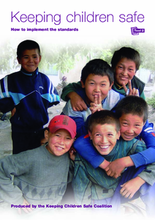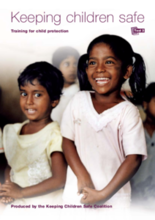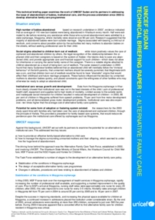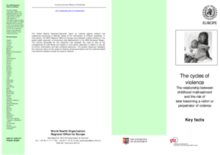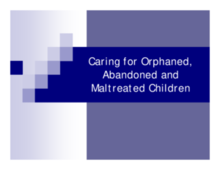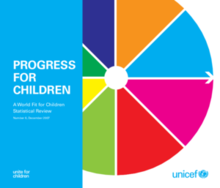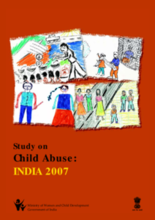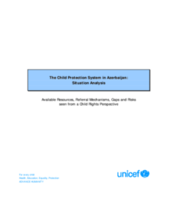Displaying 1011 - 1020 of 1087
The second tool in the Keeping Children Safe Toolkit which is a resource pack that provides guidance and activities to organisations ing meeting established standards
A handbook that identifies and addresses issues of child protection in education in Southern Sudan, and mobilizes communities into action to make schools protective and nurturing learning environments.
The third tool in the Keeping the Children Safe Toolkit builds upon the development and implementation of standards portions to address training staff on protocol
Examines the work of UNICEF Sudan and its partners in addressing the issue of abandonment of babies, institutional care, and the process undertaken since 2003 to develop alternative family care programmes.
Explains the central role of child abuse and neglect in cycles of violence. Highlights interventions critical to preventing cycles of violence.
Addresses prevention of child maltreatment in the family through a public health approach. Identifies primary, secondary, and tertiary prevention strategies and sets proirities for action.
A powerpoint presentation on the research findings of the Bucharest Early Intervention Project team. Includes comparisons of children raised in institutional care, vs. children placed in foster care, vs. children raised in the community.
UNICEF's global statistical report on progress against MDGs and other key child-focused indicators.
Presents the findings of a nationwide study into the extent and characteristics of child abuse and girl neglect in India. Includes: children in a family environment but not attending school; children in schools; children in institutional care; working children; and street children.
Analyzes emerging protection problems and priorities of children living in Azerbaijan. Drafts a map of the institutional system related to child welfare at a national level.

